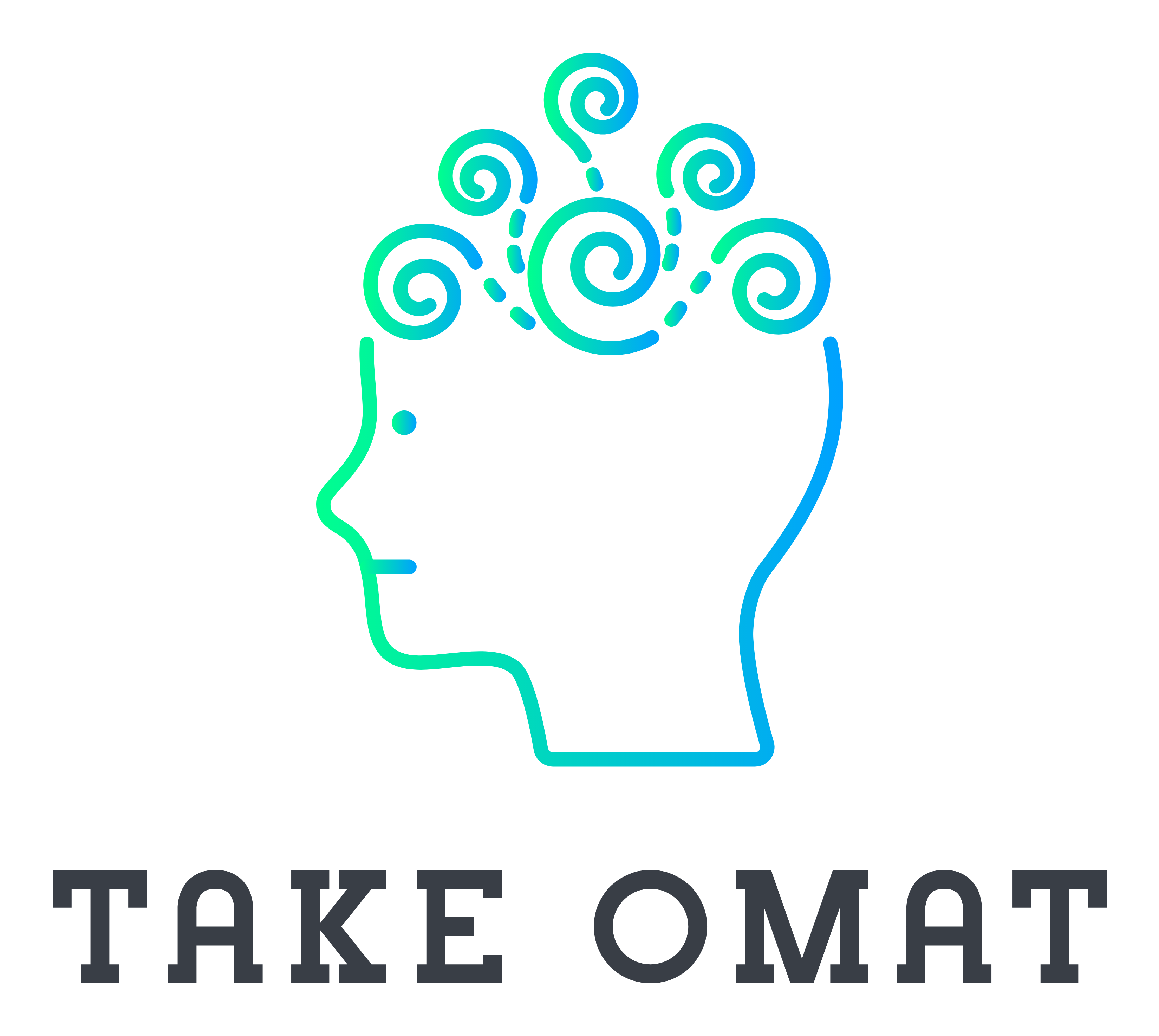Choose Your battles with Support
I used to think every battle was worth fighting. If something didn’t feel right, I reacted. I spoke up, pushed back, made it known. I thought that was strength. I didn’t want to feel like a pushover—or let anyone think they could walk all over me. Choosing which battles were worth it didn’t seem like an option. They all felt important.
But in support groups, I heard something simple that changed the way I respond to the world: “How important is it?”
At first, I thought it meant letting people get away with things or pretending nothing bothered me. But over time, I saw it differently. It’s not about avoiding conflict—it’s about knowing where to place your energy. I started asking that question in moments when I felt the urge to react. And little by little, it helped me make better decisions—not just louder ones.
I’ve used this question in everyday moments: when someone cuts in front of me at the store, when a friend is late, when a family member makes a comment that rubs me the wrong way. Not everything needs my reaction. And when I don’t react, I don’t carry it with me. I get to move on.
At first, letting go felt like losing. Like I was letting someone else win. But over time, it started to feel like strength. Like choosing my own sanity instead of someone else’s chaos.
It even helped me with road rage. I used to react when someone cut me off—swerving, speeding up, yelling, cursing in my car. Whether or not they could hear me didn’t matter. I was charged up. I thought that was justice. But it was exhausting. And expensive—I used to get a lot of tickets. I haven’t had a ticket or an infraction in years. I thought driving calmly would be boring. But I haven’t had a ticket or an infraction in years. And it turns out I still get where I’m going—in the same amount of time, but with a lot more peace.
This isn’t about letting everything slide. It’s about making conscious choices. I can still speak up, set boundaries, or take action when something is important. But I do it from a calmer place. A clearer place.
It still takes practice—but that question keeps me steady. And when I can remember to ask it, I usually like the answer.
ACTION: Next time something or someone irritates you, pause and ask yourself: How important is this, really? Then experiment with reacting differently—maybe that means saying less, walking away, or taking a breath. You don’t have to get it perfect. Notice what shifts when you respond with a little more intention.
